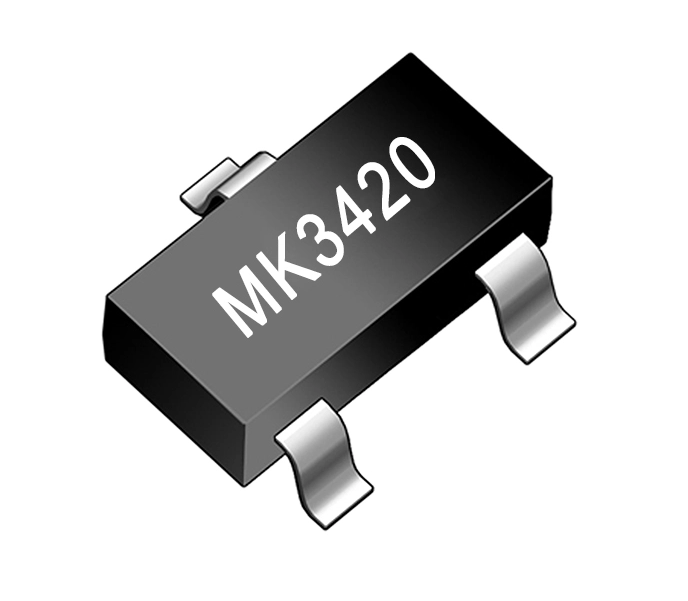Adhesive removers are essential tools in various industries, from construction and manufacturing to arts and crafts. They serve a critical function by dissolving or breaking down adhesives, allowing for the easy removal of stickers, labels, and other bonded materials. However, the effectiveness of an adhesive remover largely depends on its formulation, particularly its main ingredient. In this article, we will delve into the primary components of adhesive removers, their functions, and the implications for users across different sectors.
Understanding Adhesive Removers
Before we explore the main ingredient, it is crucial to understand what adhesive removers are and how they work. Adhesive removers are chemical formulations designed to weaken the bond between adhesive substances and the surfaces they adhere to. They can be found in various forms, including liquids, gels, and sprays, and are used in both industrial applications and household tasks.
The Main Ingredient: Solvents
The primary ingredient in most adhesive removers is a solvent. Solvents are substances that can dissolve other materials without changing their chemical composition. In the context of adhesive removers, solvents work by penetrating the adhesive layer, breaking down its molecular structure, and allowing for easier removal.
Types of Solvents Commonly Used
- Acetone: A powerful solvent often found in nail polish removers, acetone is effective at dissolving many types of adhesives, including super glue and epoxy. Its rapid evaporation rate makes it ideal for quick applications, but it can also be harsh on certain surfaces, such as plastics and painted finishes.
- Isopropyl Alcohol: Commonly known as rubbing alcohol, isopropyl alcohol is a milder solvent that can effectively remove adhesive residues without damaging most surfaces. It is particularly useful for cleaning glass and metal surfaces.
- Mineral Spirits: Derived from petroleum, mineral spirits are effective for removing adhesives from wood and other porous materials. They are less aggressive than acetone but still provide a strong cleaning action.
- Citrus-Based Solvents: These eco-friendly options utilize natural citrus extracts to break down adhesives. They are less toxic and have a pleasant scent, making them suitable for household use.
- Glycol Ethers: These solvents are often used in industrial adhesive removers due to their ability to dissolve a wide range of adhesives while being less volatile than acetone.
The Role of Additives
While solvents serve as the main ingredient, many adhesive removers also contain additives that enhance their effectiveness. These may include surfactants, which help to lift the adhesive from surfaces, and stabilizers, which improve the shelf life of the product. Additionally, fragrances and dyes may be added for aesthetic purposes.
Safety Considerations
When using adhesive removers, it is essential to consider safety. Many solvents can be flammable and may emit harmful vapors. Proper ventilation is crucial, and personal protective equipment, such as gloves and goggles, should be worn to minimize exposure. Always refer to the manufacturer’s safety data sheet (SDS) for specific handling and storage instructions.
Conclusion
In summary, the main ingredient in adhesive removers is typically a solvent, with options ranging from acetone to citrus-based alternatives. Understanding the properties and applications of these solvents can help users select the most appropriate adhesive remover for their needs. Whether you are a professional in the construction industry or a DIY enthusiast, knowing the composition of adhesive removers can enhance your efficiency and safety in removing unwanted adhesives. As the market continues to evolve, staying informed about the latest formulations and safety practices will ensure optimal results in your adhesive removal tasks.


More Stories
LED Wiring Harness: Reliable Connectivity for Advanced Lighting Solutions
Hazardous Waste Incineration Heat Recovery: Turning Flue Gas into Energy
Why Tantalum Loose Lined Channels Are Essential in High-Corrosion Environments